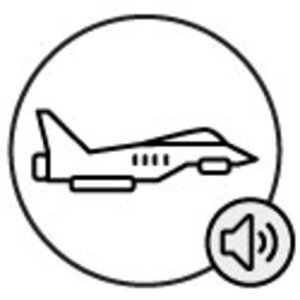Sound level and pitch
Frequencies
The frequency, measured in Hertz (Hz), indicates the pitch. The human hearing range is between about 20 Hz and 20,000 Hz. Frequencies below this range are referred to as infrasound (e.g. the hearing range of elephants), while frequencies above this range are referred to as ultrasound (e.g. the hearing range of bats).
The frequencies relevant for communication range from approx. 200 Hz to 2,000 Hz. In room acoustics, we typically consider frequencies from 125 Hz to 4,000 Hz in order to create ideal sound conditions. High frequencies are perceived particularly intensely by the human ear: The ear is most sensitive in the range between 2,000 Hz and 4,000 Hz.
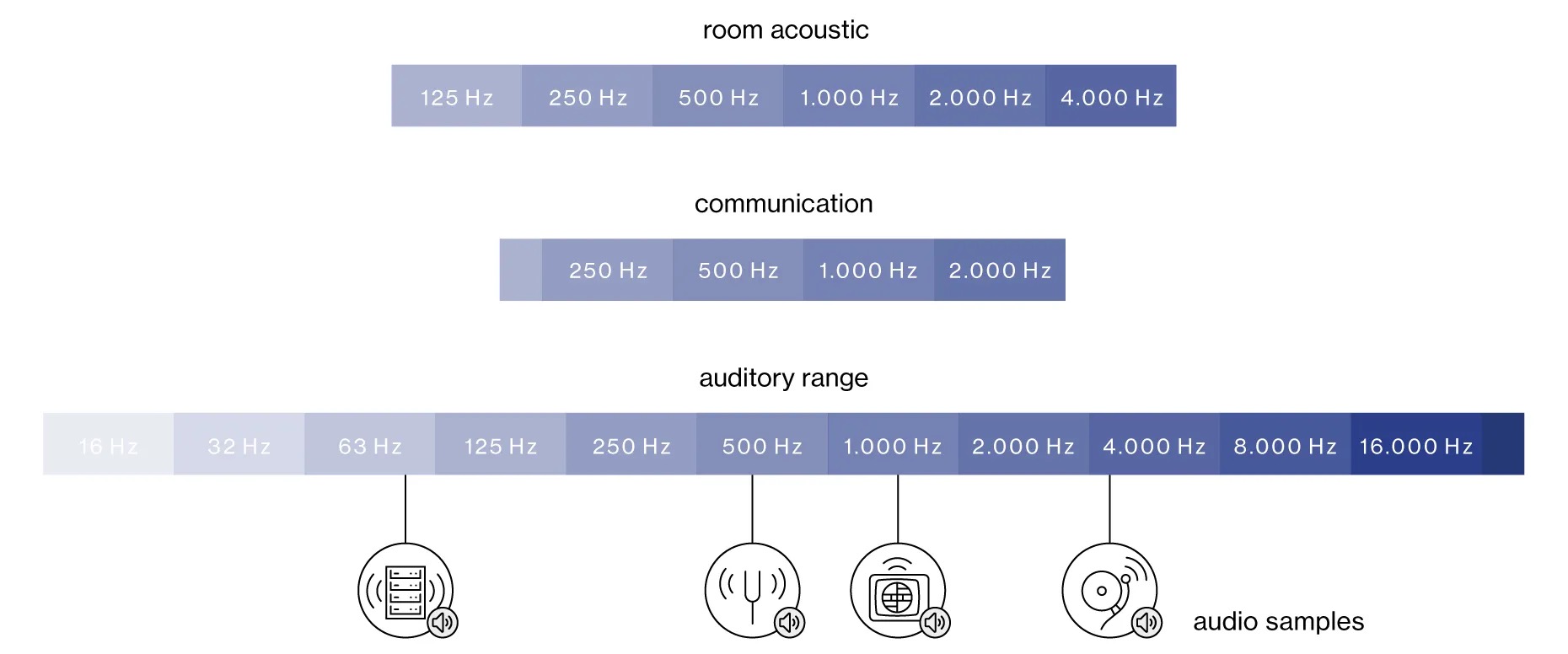
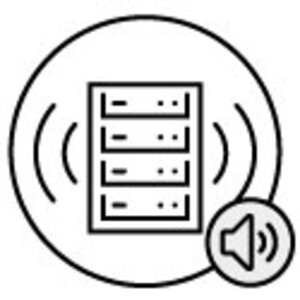
Buzz
Play audio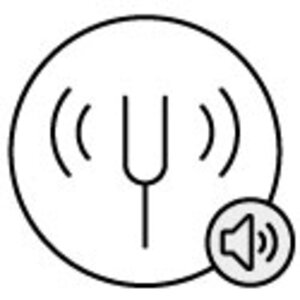
Tuning fork
Play audio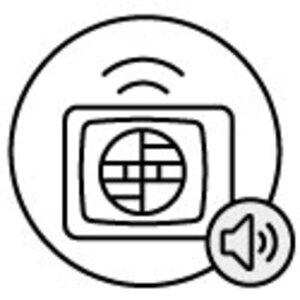
Test tone
Play audio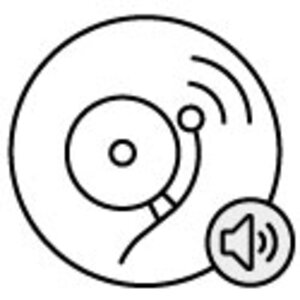
Bell
Play audioSound pressure level
The sound pressure level indicates the volume of a sound and is measured in decibels (dB). The human hearing range is between 0 dB (hearing threshold) and 130 dB (pain threshold) and is highly dependent on frequency. A level of 10 dB corresponds to a normal breathing sound, while the rustling of leaves has a volume of around 30 dB. In a large open-plan office, the background noise level can easily reach 70 to 75 dB. Hearing protection is required by law if the noise level at the workplace exceeds 85 dB. The human pain threshold is around 130 dB, which is roughly equivalent to the noise level of a jet taking off nearby.

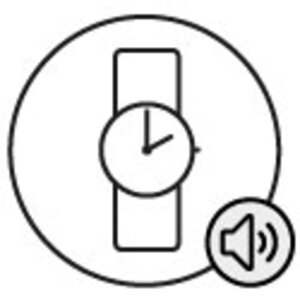
Wrist watch
Play audio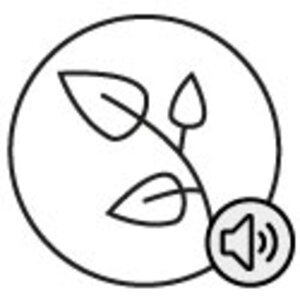
Leaves
Play audio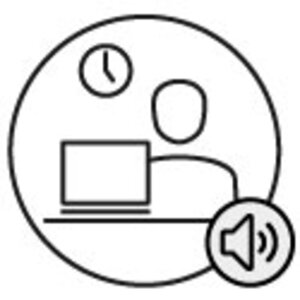
Office
Play audio
Traffic
Play audio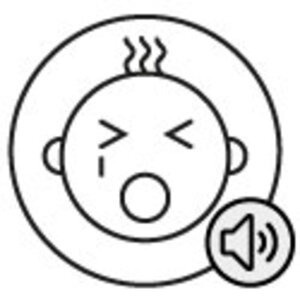
Baby
Play audio